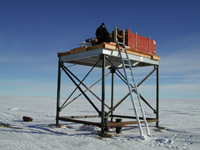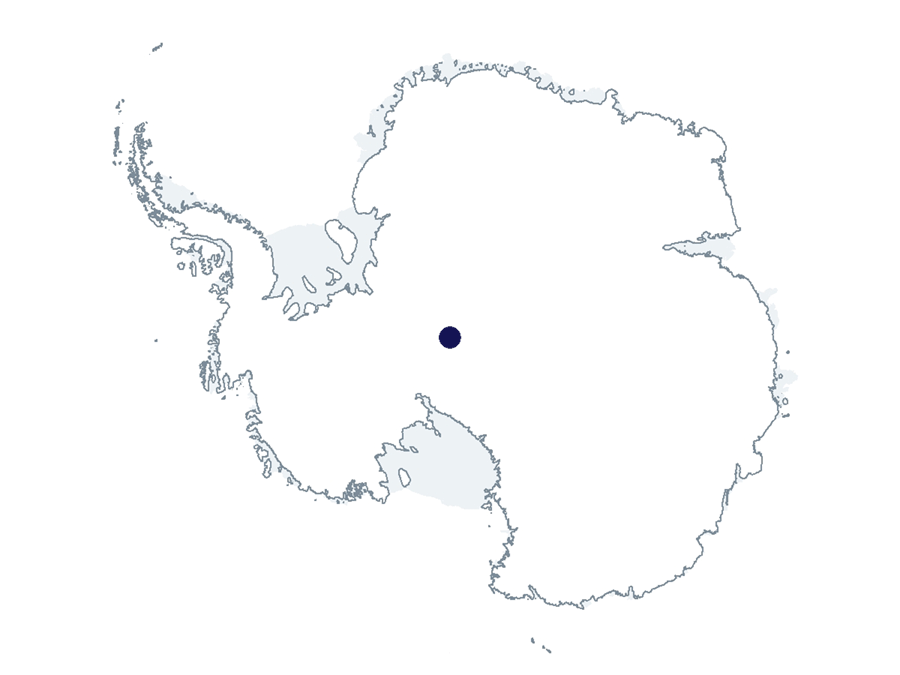2021-2022 USAP Field Season
Project Detail Project TitleCollaborative Research: The Simpson Neutron Monitor Network Summary
Event Number:
Program Director:
ASC POC/Implementer: Principal Investigator(s)
Dr. Surujhdeo Seunarine
Location
Supporting Stations: South Pole Station DescriptionThis project operates a neutron-monitor suite at South Pole Station. The science thrust of the project is an understanding of solar energetic particles using neutron monitor data, complemented with data from the nearby IceTop air shower detector. Another focus involves understanding the nature of multiple coincident particles observed in the neutron monitors, which extend the reach of the South Pole neutron monitor as a single station capable of doing cosmic ray spectral studies. Also central to the research is understanding the response of these detectors to the radiation environment of the South Pole, particularly in determining the cause of the decline in cosmic ray intensity at the South Pole over the last 50 years. Understanding this decline is important because cosmic rays produce radionuclides such as Beryllium-10 that become trapped in the ice and are used to determine ice-core ages and precipitation levels over Earth's polar regions. An understanding of the production rate is vital to interpreting these data. Field Season OverviewThe instrumentation for this project is located on an elevated platform outside the South Pole Station and in the B2 Laboratory, near the V8 vault. It runs continuously year-round, essentially autonomously, with only limited intervention required by personnel onsite and by the science team via the internet. The onsite research associates will provide monitoring, troubleshooting, and the collection and forwarding of data as needed. The project can continue data collection and data transmission without science deployers and without deploying additional staffing. |
2021-2022 Science Planning Summaries



For USAP Participants |
For The Public |
For Researchers and EducatorsContact UsNational Science FoundationOffice of Polar Programs Geosciences Directorate 2415 Eisenhower Avenue, Suite W7100 Alexandria, VA 22314 Sign up for the NSF Office of Polar Programs newsletter and events. Feedback Form |



